Solutions
Support
Classic case out
Surveillance camera lens principle
The concept Megapixel surveillance camera requirements
Security monitoring four core auto iris lens connection plug (installed)
How to choose megapixels million HD camera surveillance camera
Security surveillance camera determines the effect parameters
Home > Solutions > Surveillance camera lens principle
Surveillance camera lens principle
Surveillance camera lens is to shoot the scene in the sensor (CCD or CMOS) imaging device, which usually consists of a few pieces of lenses. From the material point of view, the camera lens can be divided into plastic lens (Plastic) and glass lenses (Glass). Usually with a camera lens is configured with: 1P, 2P, 1G1P, 1G2P, 2G2P, 4G, etc. (here P, G represent the plastic lens and glass lens, such as 1G1P said this camera lenses from a plastic lens and a glass lenses). The more lenses, the higher the cost; glass lens more expensive than plastic. So a good quality camera lenses should be made of glass, plastic lens imaging results will be relatively good, and the image quality translucent glass has greater advantages, more often used in the more high-end camera head. Most cameras now on the market in order to reduce costs, usually with plastic lenses or semi-plastic half-glass lens (ie: 1P, 2P, 1G1P, 1G2P etc.).
Surveillance camera typically has two more important parameters. One aperture, the mounting device which is a little light through the lens to reach the sensor in the camera control, in addition to controlling the amount of light, the aperture further having a control function of depth, i.e., the larger the aperture, the smaller the depth of field. Another is the focal length, it is basically a clear image on the sensor plane distance formed between the center from the lens to. Lens focal length of the lens determines the size of the object captured in the image formed on the sensor. Assuming the same distance from the face of the same object shooting, then the longer the focal length of the lens, the image formed by the object will be.
Surveillance camera typically has two more important parameters. One aperture, the mounting device which is a little light through the lens to reach the sensor in the camera control, in addition to controlling the amount of light, the aperture further having a control function of depth, i.e., the larger the aperture, the smaller the depth of field. Another is the focal length, it is basically a clear image on the sensor plane distance formed between the center from the lens to. Lens focal length of the lens determines the size of the object captured in the image formed on the sensor. Assuming the same distance from the face of the same object shooting, then the longer the focal length of the lens, the image formed by the object will be.




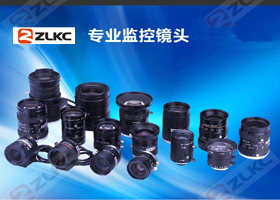

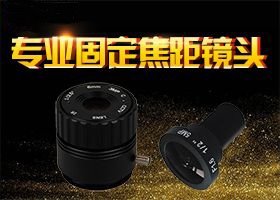
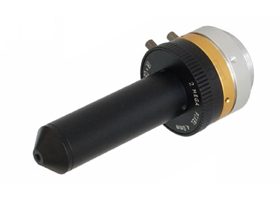
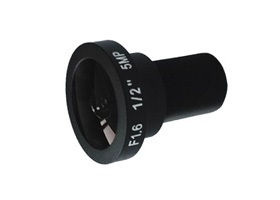
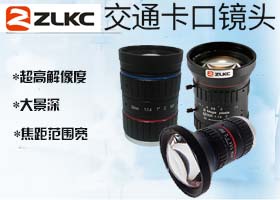
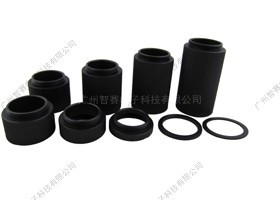







 Or call us at: 020-38219916
Or call us at: 020-38219916 Feedback
Feedback 
